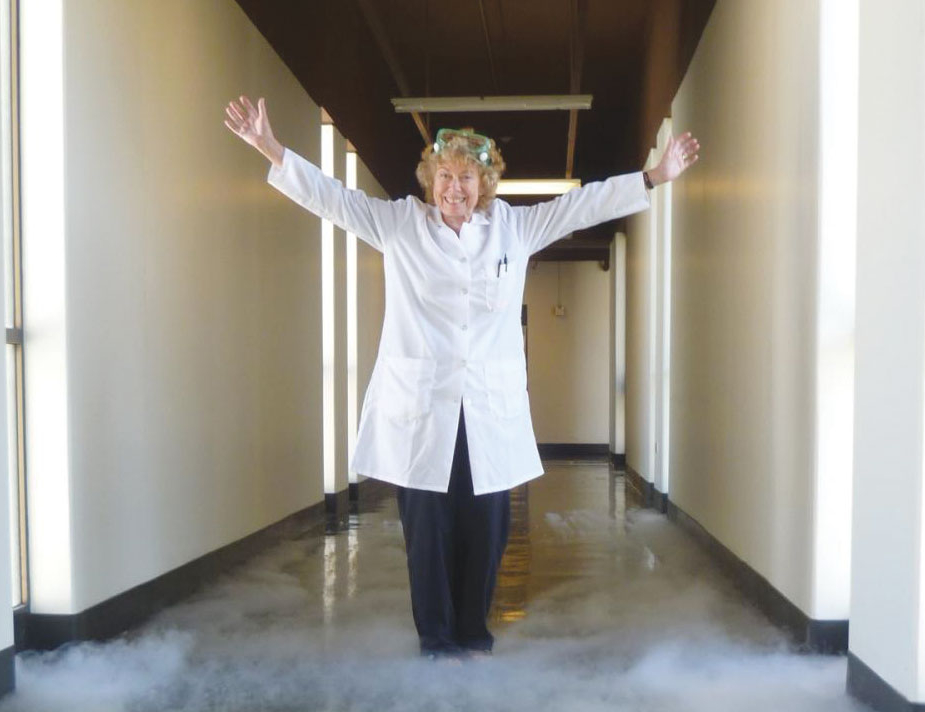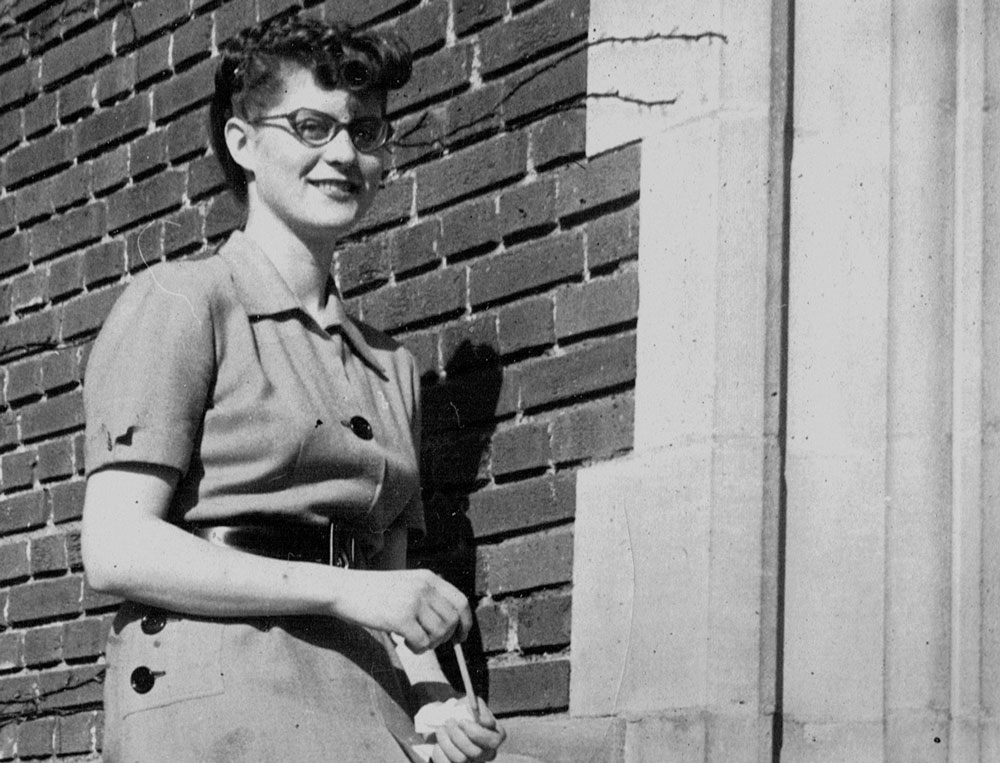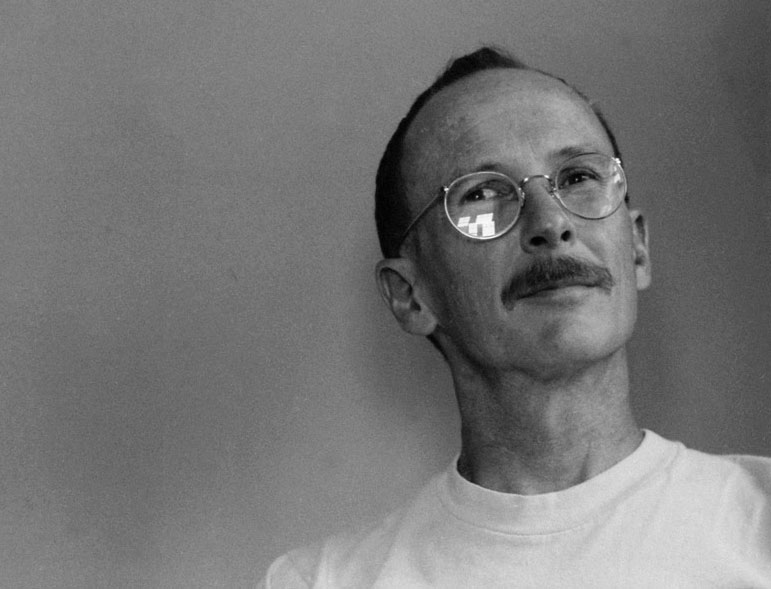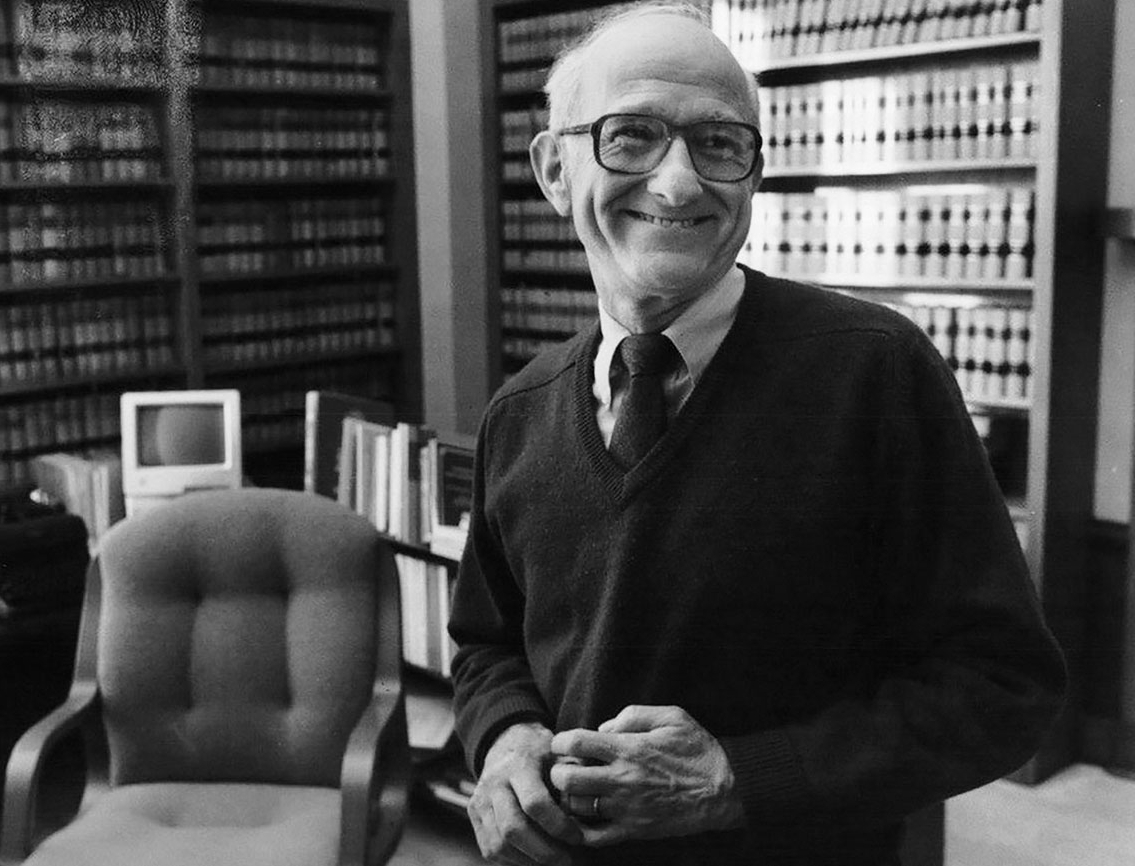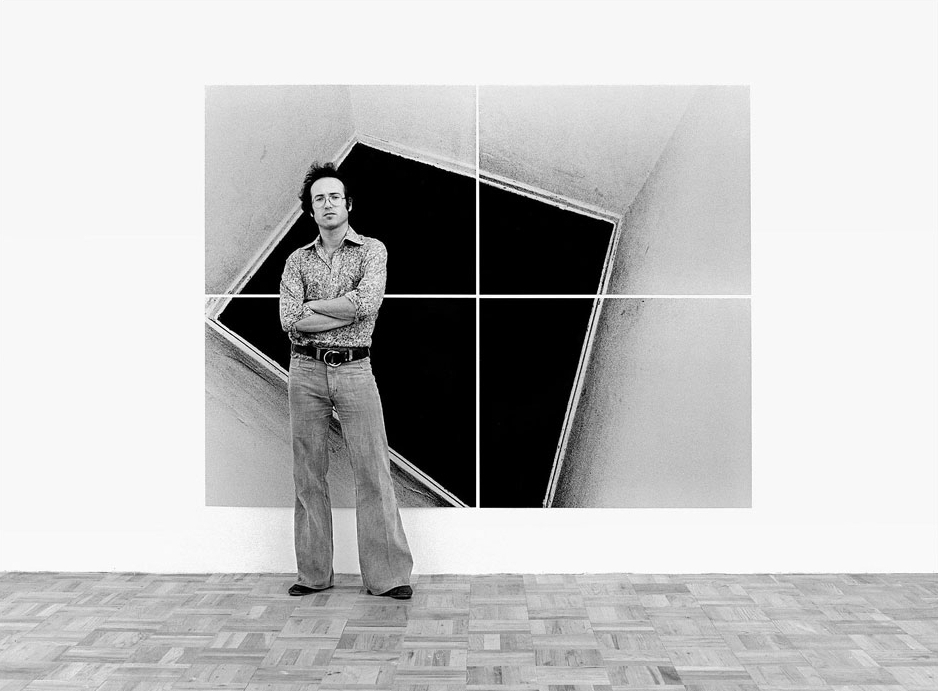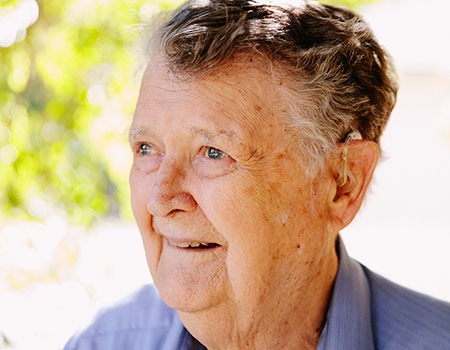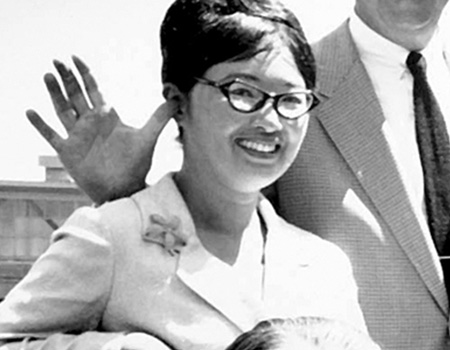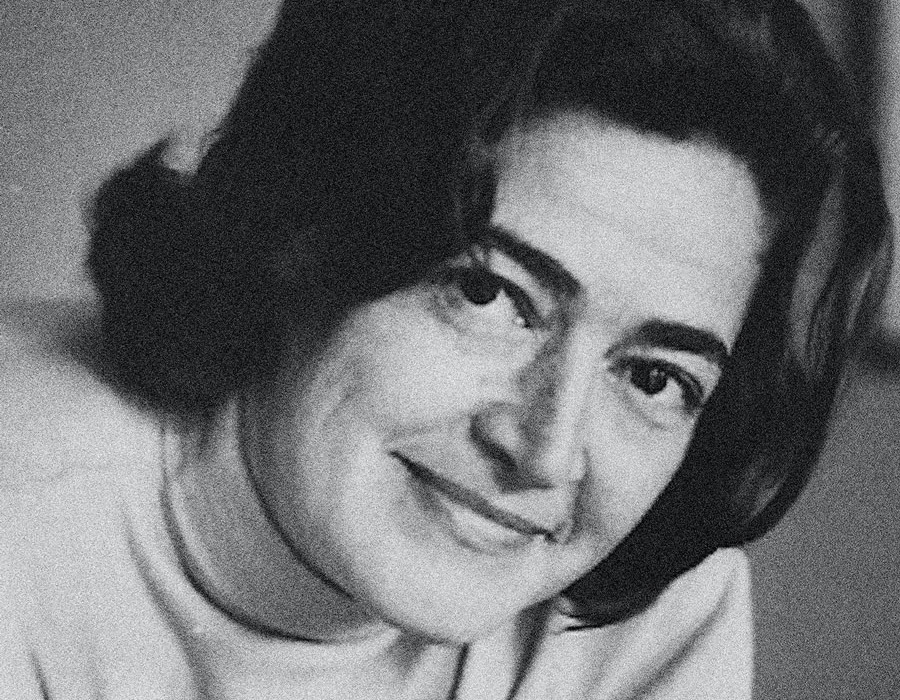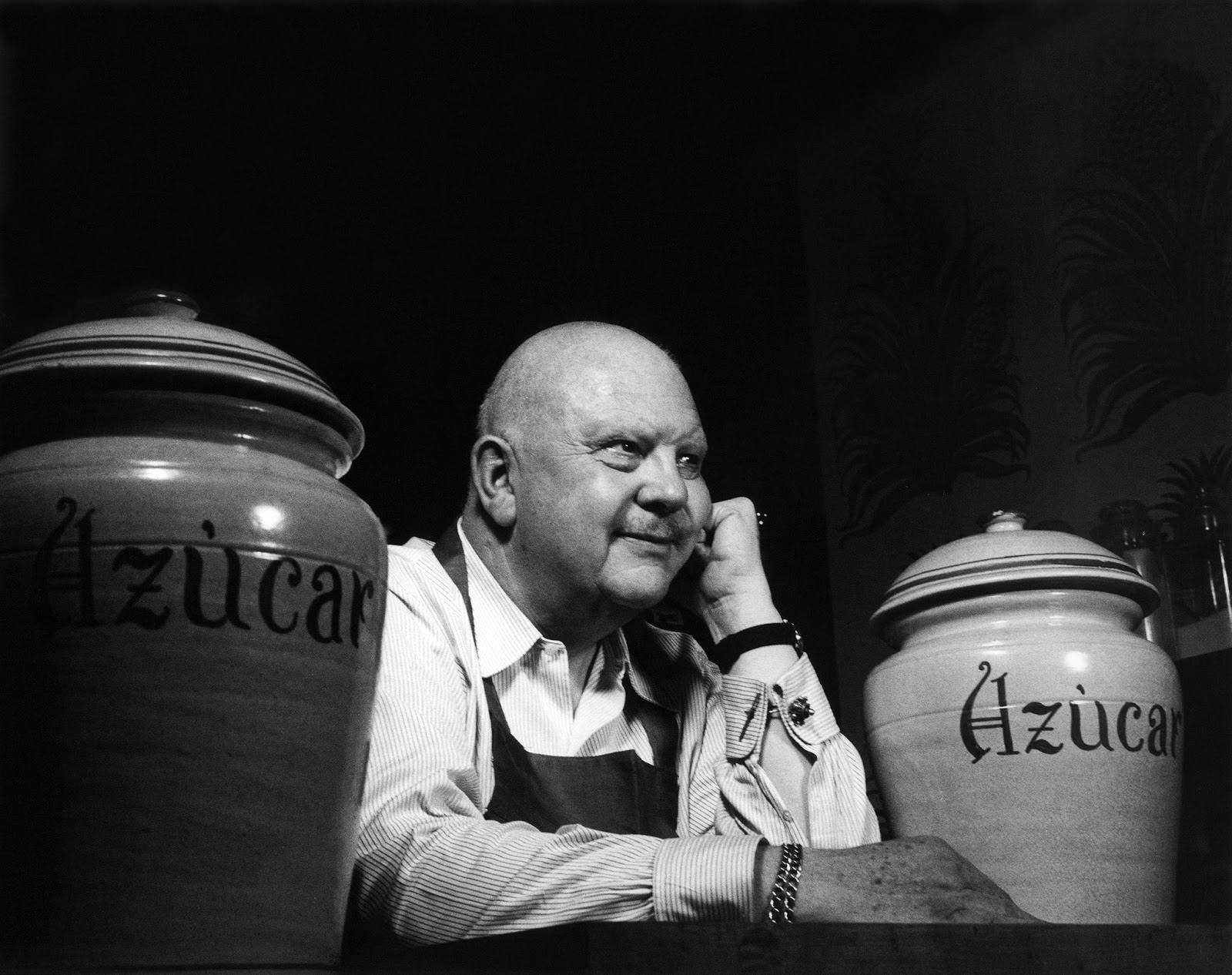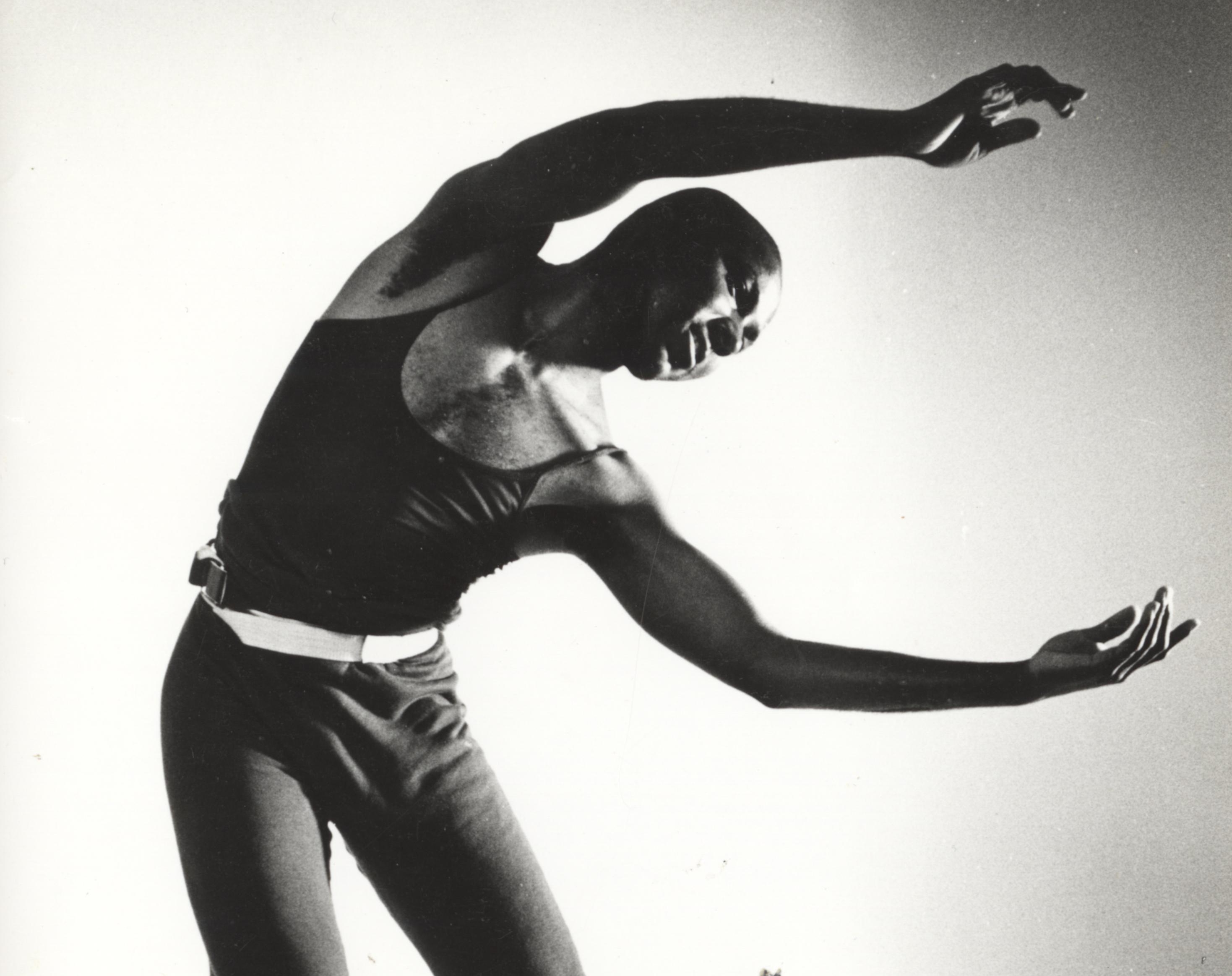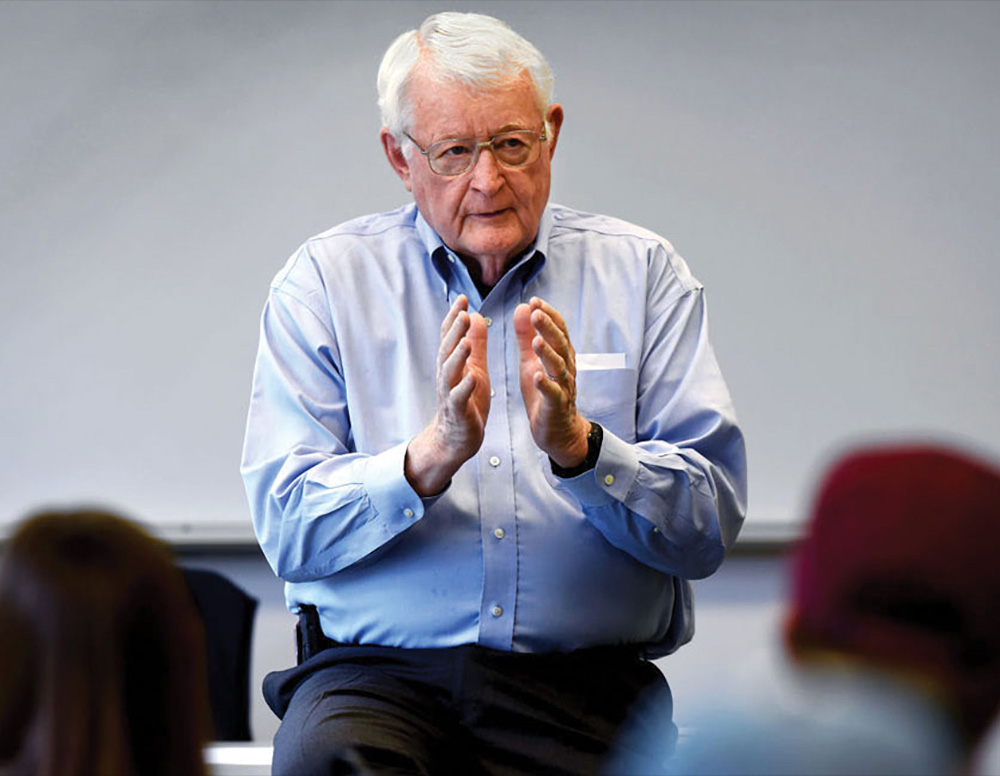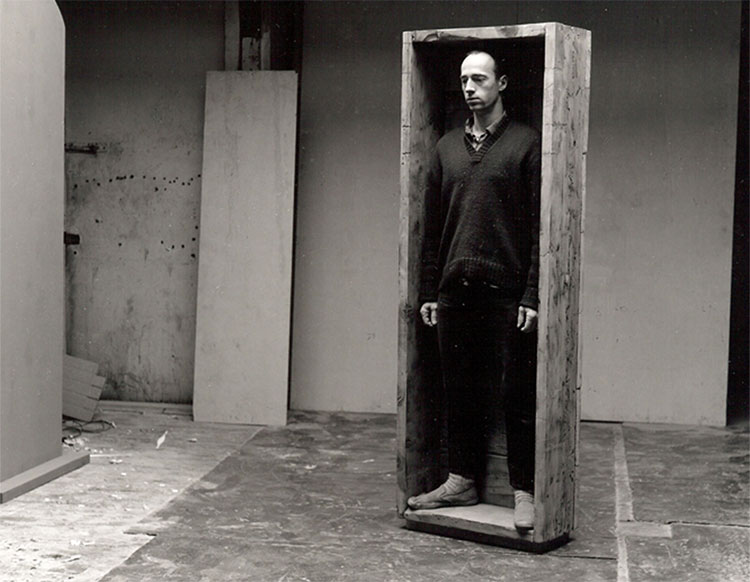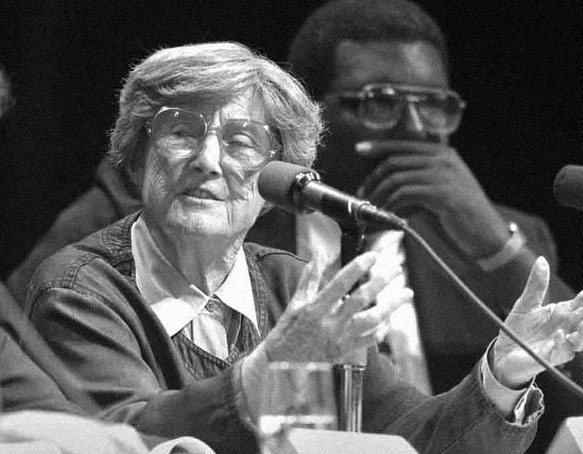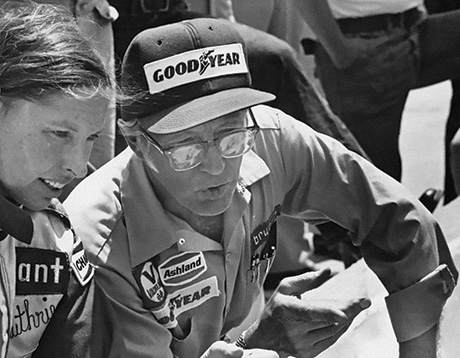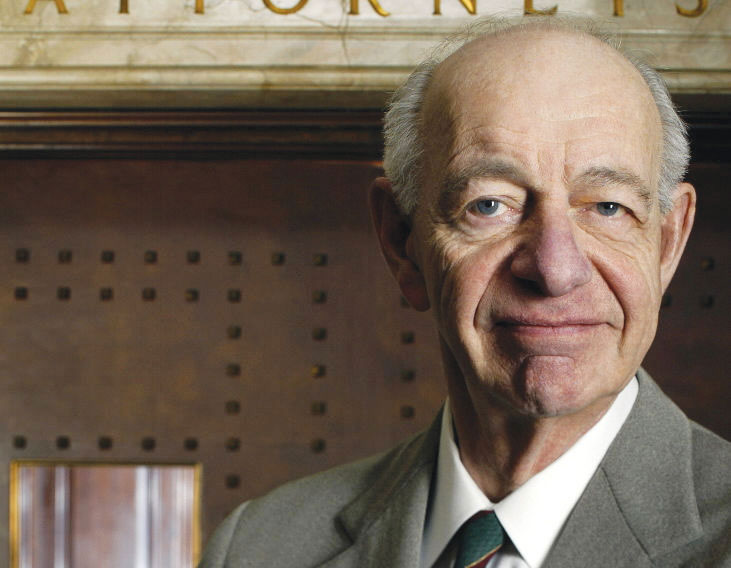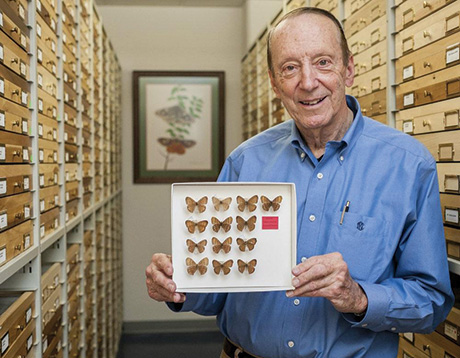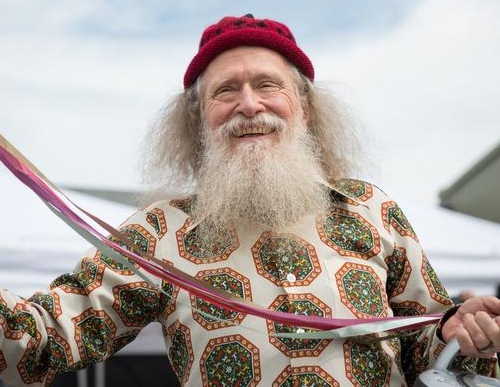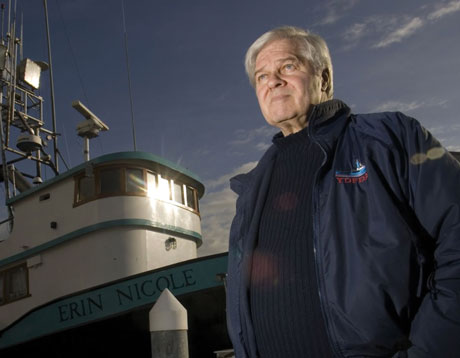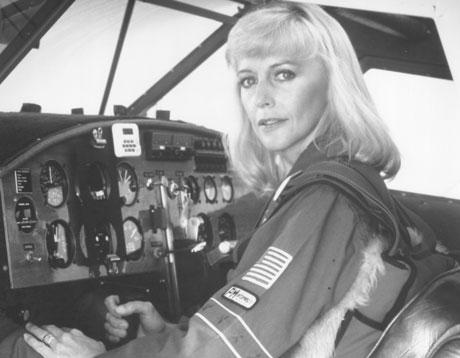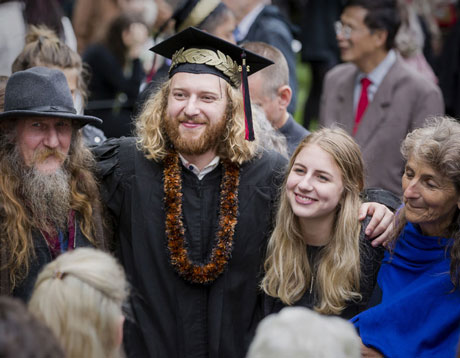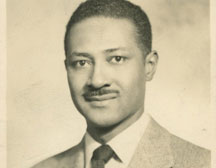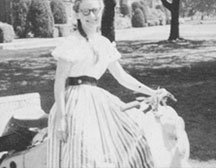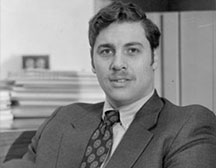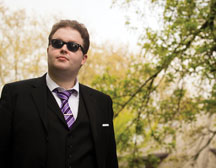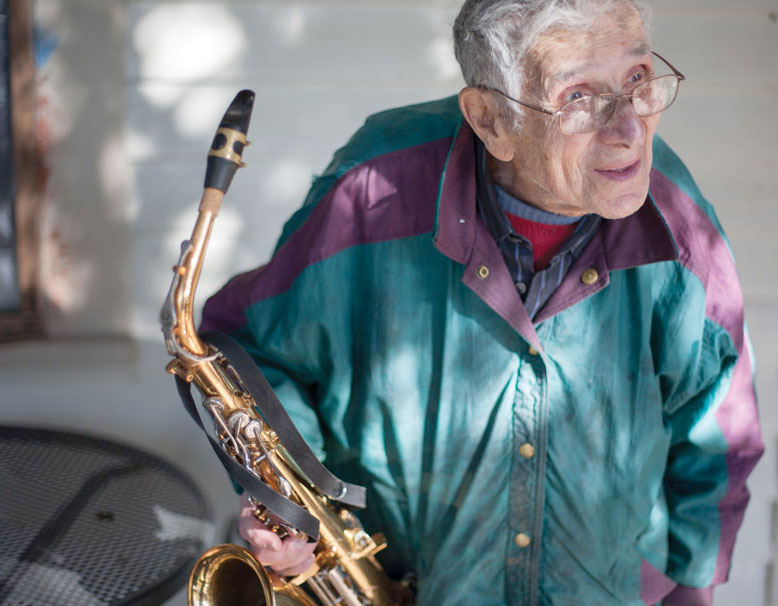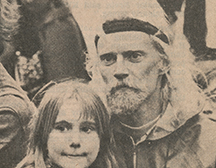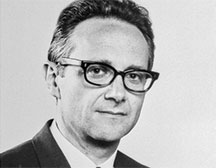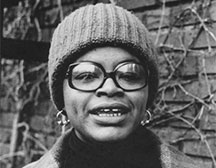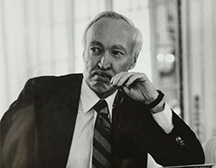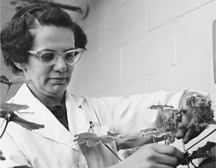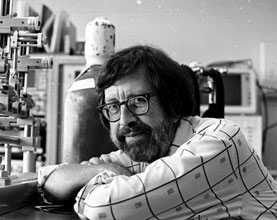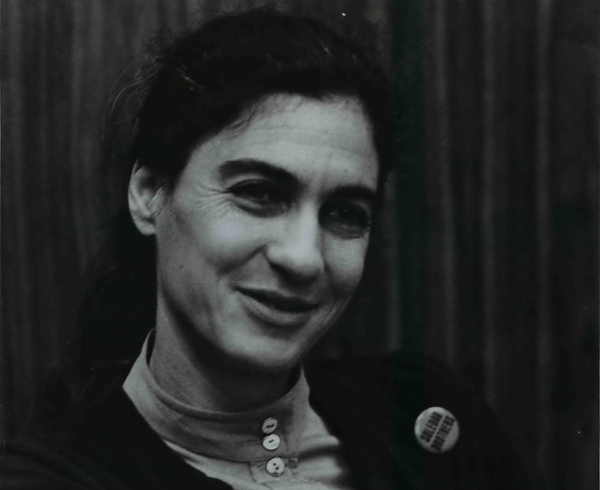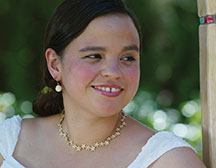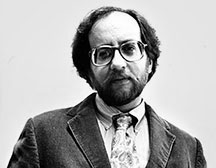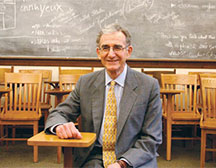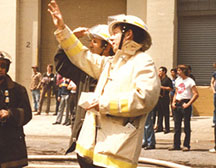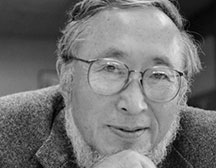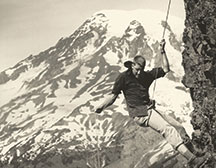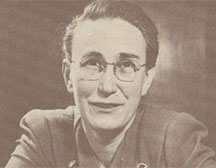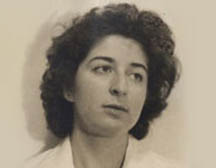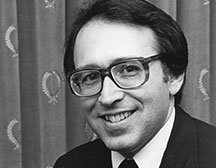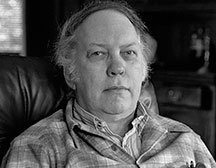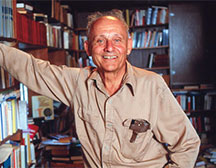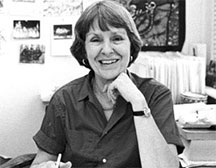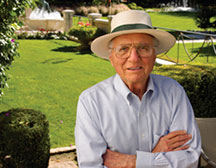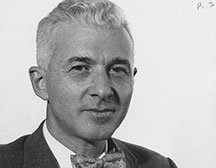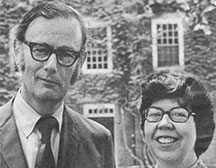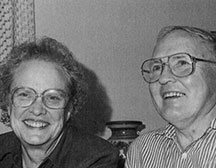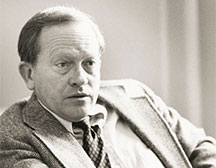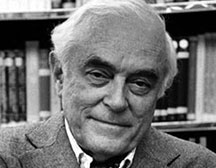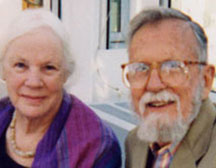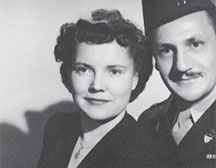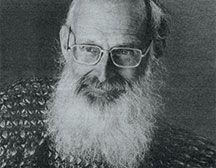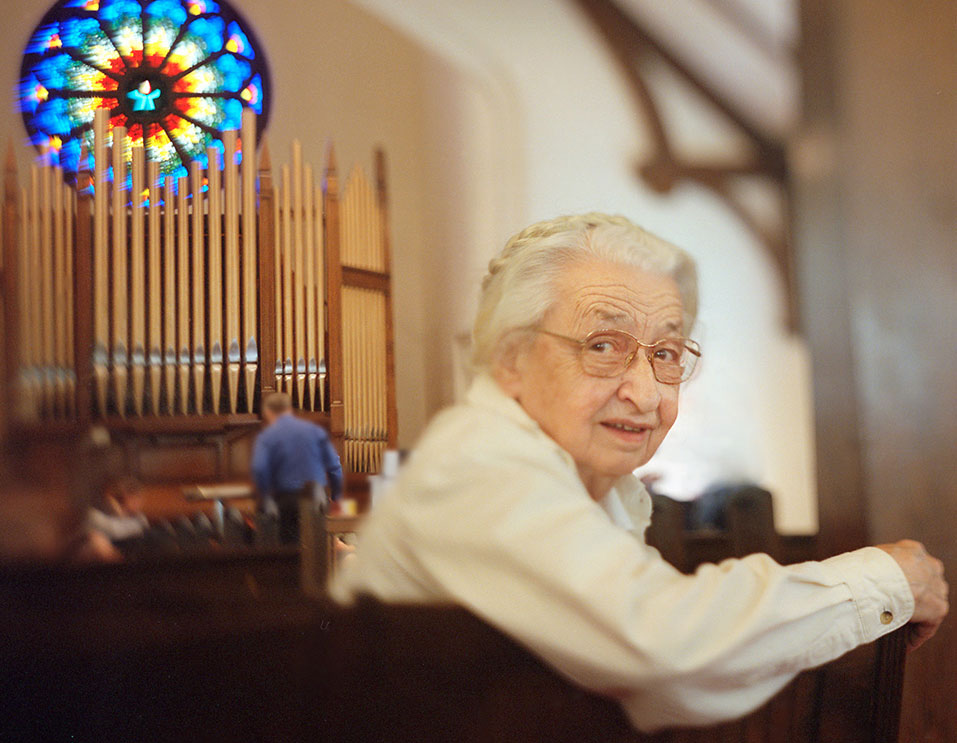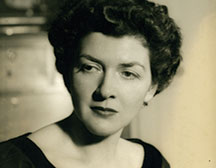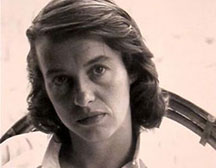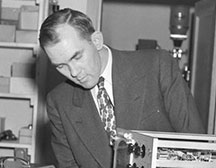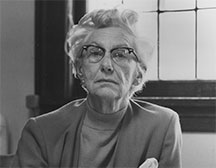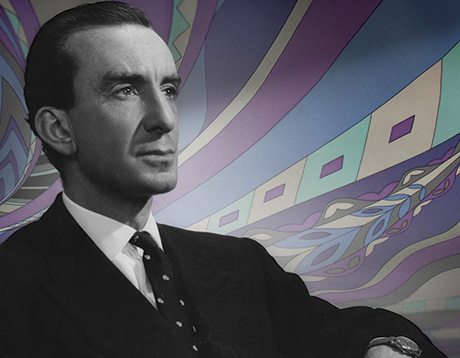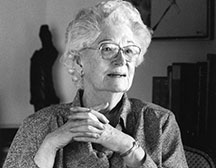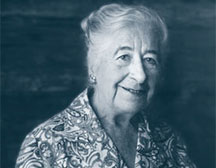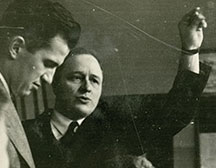Charles S. Rhyne, Faculty
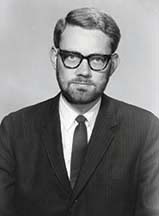
Courtesy of Special Collections, Eric V. Hauser Memorial Library, Reed College.
Professor Charles S. Rhyne [Art History 1960–97] April 14, 2013, in Portland, from a stroke.
An eminent art historian, Charles Rhyne was internationally renowned for his wide-ranging interests in the field, from the English landscape painter John Constable to the theory and practice of conservation, Northwest Coast American Indian art, and the use of digital images in research and teaching.
He was born in Philadelphia in 1932, the second son of the Reverend S. White and Ruth D. Rhyne. He was a graduate of Central High School, Philadelphia, and Wittenberg College in Ohio. Between high school and college he attended Temple University’s Tyler Art School. As a student he ran track and cross-country, and he was proud of the fact that his Ohio Conference record for the 880 stood for many years.
He did his graduate work at the University of Chicago, first receiving a master’s degree from the Committee on Social Thought and then switching to art history. He was hired to teach at Reed in 1960 by Rex Arragon [history 1923–62] on the recommendation of his major professor, Joshua Taylor ’39, and taught until his retirement in 1997.
Charles’ dedication to teaching was exemplary, inspired by the quality of the students. In retirement, he pursued his major areas of interest and frequently spoke of his gratitude to Reed for support during these years by providing an office and technical help for his use of digital imaging, especially in his websites. His vigor and pursuit of scholarship until the end were extraordinary.
“Charles’ curiosity was boundless,” said James Coddington ’74, Agnes Gund Chief Conservator at the Museum of Modern Art in New York. “For more than four decades a conversation with Charles always left me with not only a clearer understanding of whatever the topic was but also introduced new ones to think through. And they always left me hungry for more.”
Throughout his career, Charles lectured internationally and published widely. He was the recipient of many honors and grants that allowed him to pursue his varied interests and carry them over into his teaching. Among others, he was a Fulbright research fellow at the Courtauld Institute, London; a visiting fellow at the Yale Center for British Art; a Kress senior fellow at the Center for Advanced Study in the Visual Arts, National Gallery of Art; and a visiting scholar at the Getty Conservation Institute, Getty Research Institute, and J. Paul Getty Museum. In 2012, he received the American Institute for Conservation’s Special Recognition for Allied Professionals “for his invaluable contributions to art conservation.” Because of his interest in digital information and imaging and sharing through the internet, many of his lectures and publications are available online.
His lifelong interest in photography was the basis of all his other work; his slides and digital images were his research notes, providing evidence of how things were and how they change over time. They resulted in three major websites: Ara Pacis Augustae; Architecture, Restoration, and Imaging of Uxmal, Kabah, Sayil, and Labná; and Architecture of the Getty Center.
“A tremendous amount of information is conveyed in visual images, and these are tremendously important in world culture,” he said in a 1994 interview. “Academics have valued the written word, but have tended to overlook the amount of evidence and information retained in visual images.”
In addition to the nearly 2,000 photographs he took for his Ara Pacis Augustae website, Charles photographed wooden churches in Russia, American covered bridges, and master paintings on their way through the Portland Art Museum’s collection (one such photo is currently being used at the Museum of Modern Art in New York as reference to restore an original Jackson Pollock).
“I met him at the very end of his storied career, but was amazed at the tenacity of his scholarship and the wide variety of his eclectic pursuits,” said Max Maller ’13, who worked with Charles on Italian translations for his Ara Pacis Augustae website. “He was a visionary in the instructive use of technology, particularly digital images, in teaching art history, publishing on the subject as early as 1996 and most recently in an article, ‘The Book Transformed.’ His three websites are used every day around the world, and remain a testament to the focused breadth of his endeavors.”
During his career, Charles curated many important exhibitions of visual art on campus and was instrumental in the establishment of the Cooley Gallery. His advocacy for the visual arts on campus resulted in important donations to the Reed College art collection.
The conservation of art and architecture was central to his life’s work, and his research concerned everything from technical investigations into how masonry deteriorates to broad cultural issues, like the preservation of Native American art. As an example, he explained how the Zuni create ritual figures that are supposed to dissipate their energies back into the environment as they deteriorate. Conserving the figures violates the cycle.
Addressing the issue of preserving Native American totem poles, Charles said, “People think it’s very simple: you either preserve or you don’t. I try to lay out the complexity of things.” A single totem pole, he explained, could present many options, ranging from letting nature take its course to moving the pole to a museum and replacing it with a replica. Should yellow jackets be prevented from nesting in the pole or seedlings be plucked from its cracks? Should it be stabilized, or righted and placed in the same position it was in 19th-century photographs? Do you fill in cracks and repaint the pole?
“Each of these choices is an emotionally charged issue,” he concluded, “and the complexity of the situation is immense. It’s not just a matter of preserving or not. It’s how you should preserve it and if you preserve it, whether you display it and how you display it.”
Charles is survived by his wife, Barbara; their children, Sylvia, David, and Fillard, and their spouses; four grandchildren; his brother, White; and extended family.
Additional reading online.
Appeared in Reed magazine: June 2013

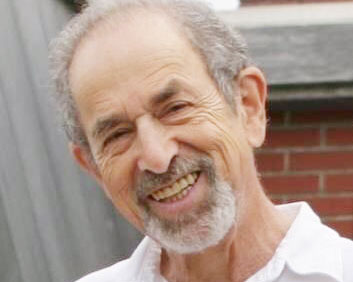
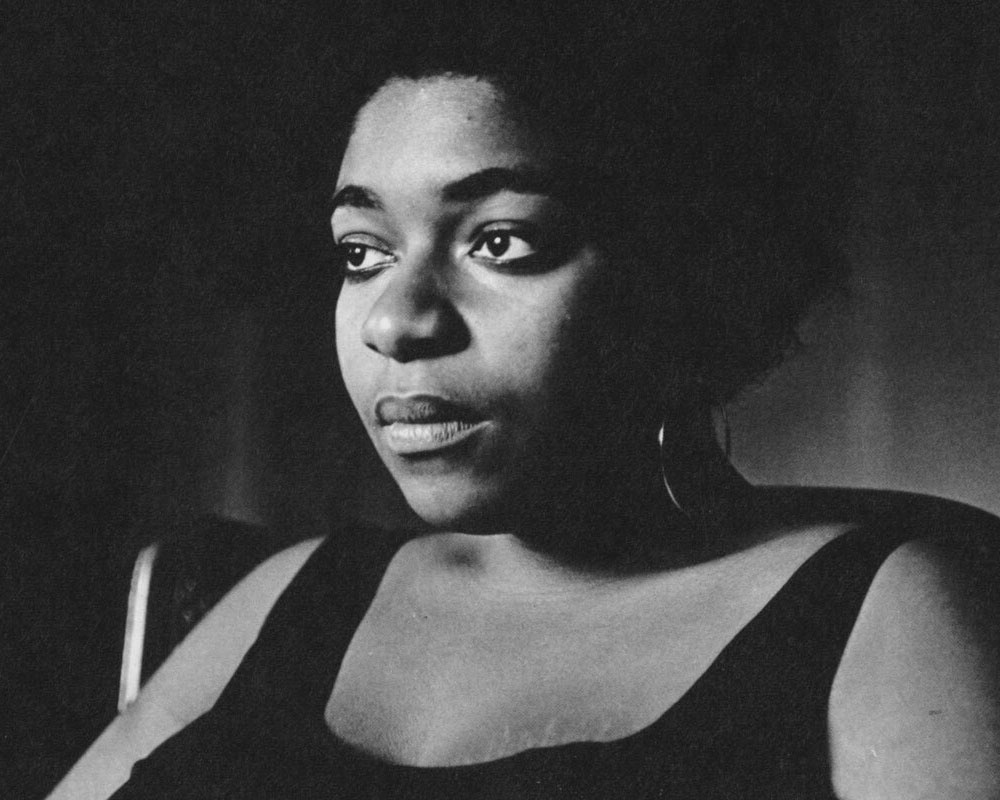
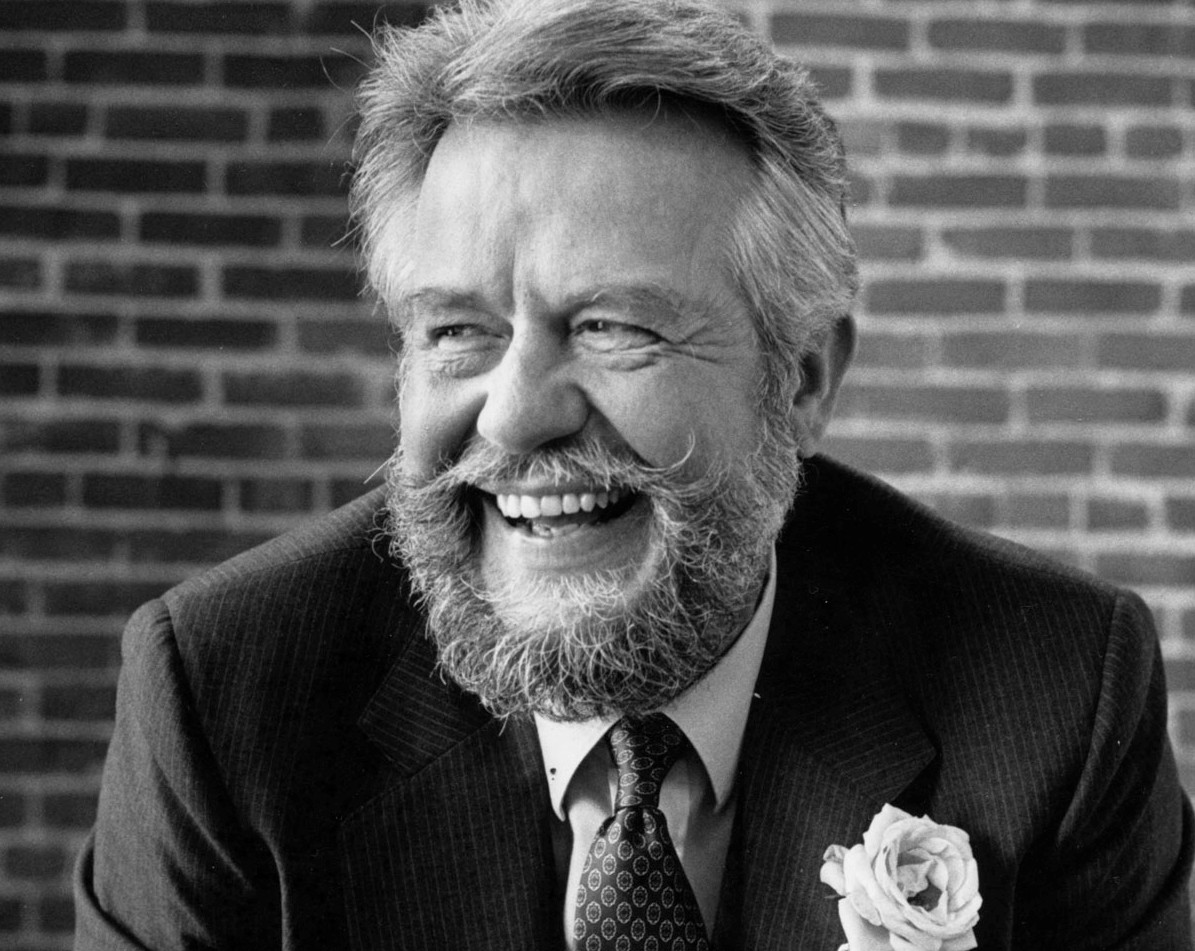
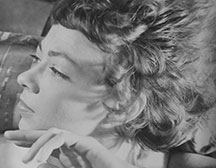
![Photo of Prof. Marvin Levich [philosophy 1953–94]](https://www.reed.edu/reed-magazine/in-memoriam/assets/images/2022/LTL-levich1.jpg)
![Photo of President Paul E. Bragdon [1971–88]](https://www.reed.edu/reed-magazine/in-memoriam/assets/images/2020/Bragdon.jpg)
![Photo of Prof. Edward Barton Segel [history 1973–2011]](https://www.reed.edu/reed-magazine/in-memoriam/assets/images/2020/Segel.jpg)
